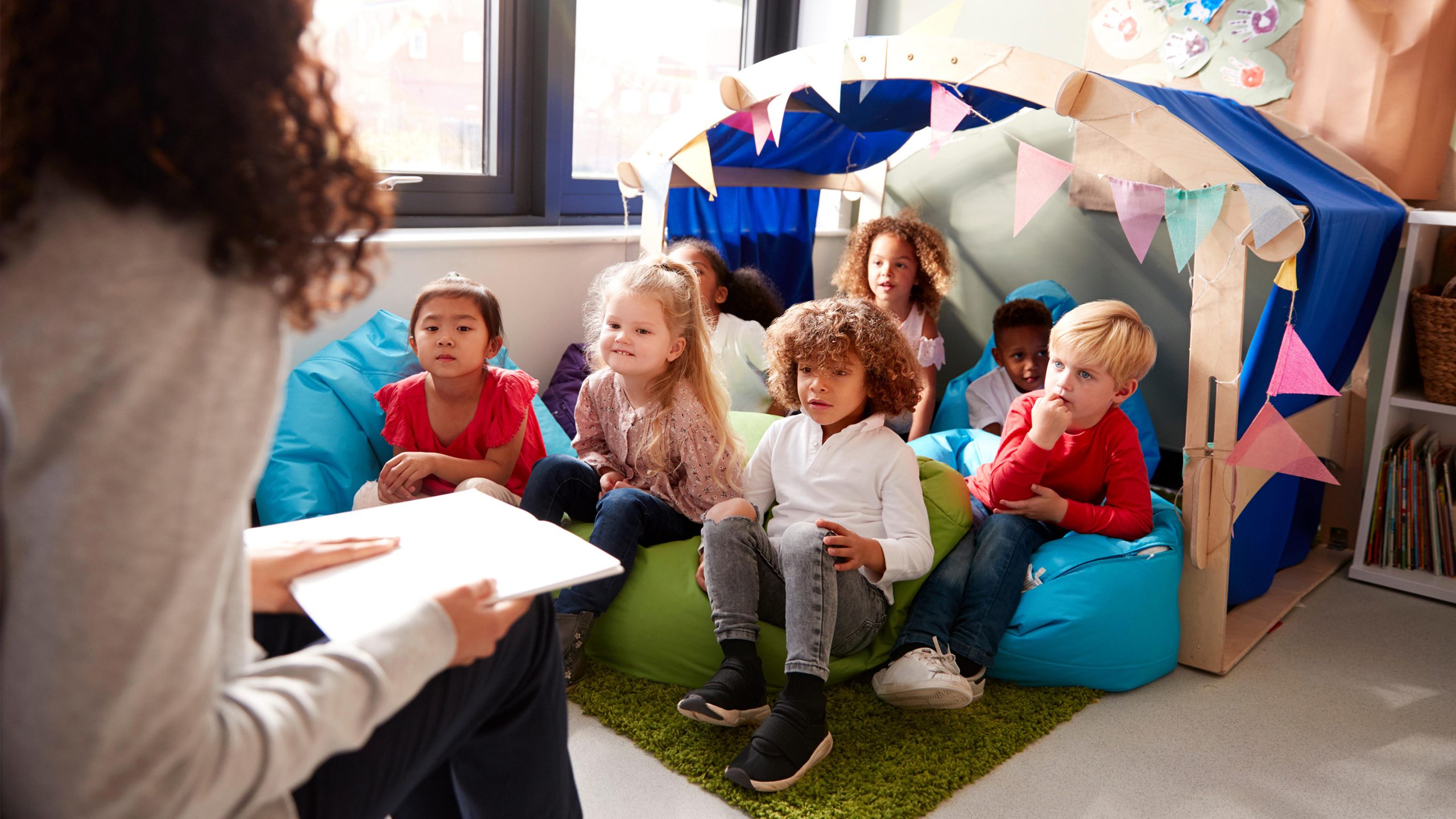Preschool can be an exciting but also overwhelming time for young children, especially when it comes to learning new procedures and routines. As teachers, it is our responsibility to help children navigate these new experiences in a positive and supportive way. One effective method for teaching procedures and routines in preschool is through the use of social stories.
Social stories are a tool commonly used in early childhood education to help children understand social situations and expectations. They are simple, concise stories that describe a particular situation or behavior, as well as the emotions and thoughts of those involved. Social stories are often used to teach children appropriate behaviors, social skills, and routines.
When it comes to teaching procedures and routines in preschool, social stories can be a valuable resource. Children at this age are still developing their understanding of the world around them, and social stories can help them make sense of new experiences and expectations. For example, a social story about lining up for recess can help children understand the importance of waiting their turn and following instructions.
When creating social stories to teach procedures and routines in preschool, it is important to keep the following tips in mind:
1. Keep it simple: Preschoolers have limited attention spans, so make sure your social story is short and to the point. Use simple language and clear illustrations to help children understand the concepts being presented.
2. Be specific: Clearly outline the steps of the procedure or routine you are teaching, and include details about what is expected of the child. For example, if you are teaching children how to wash their hands before snack time, include details about using soap, scrubbing for 20 seconds, and drying their hands with a towel.
3. Use positive language: Focus on the positive aspects of the procedure or routine, and highlight the benefits of following it. For example, instead of saying “Don’t run in the hallway,” say “Walk quietly in the hallway to keep everyone safe.”
4. Include visuals: Visual aids can help reinforce the concepts being presented in the social story. Use pictures or drawings to support the text and make the information more engaging for children.
5. Revisit and reinforce: Make sure to revisit social stories regularly to reinforce the procedures and routines you are teaching. Encourage children to act out the steps of the social story and provide positive reinforcement when they are successful.
Overall, social stories can be a valuable tool for teaching procedures and routines in preschool. By using simple language, specific instructions, positive language, visuals, and consistent reinforcement, teachers can help children navigate new experiences and expectations in a positive and supportive way.



